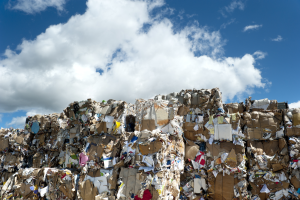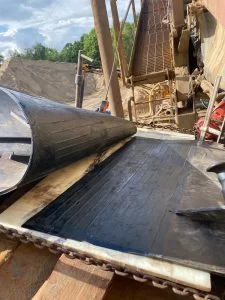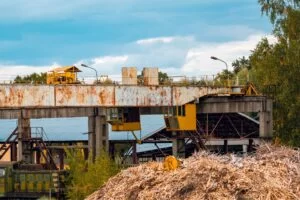Pennycress, often referred to as stinkweed, is a common weed in the northern hemisphere, across North America, Europe, and Asia, and there has been interest over the past 20 years in converting it into a renewable fuel crop as the high erucic acid content in its seeds could make it suitable for use as jet fuel.
“Reducing greenhouse gas emissions from air travel will mean not just incremental changes, but a fundamental change in how we have been producing fuel and where that fuel comes from,” said Professor Ajay Shah, senior author of the Ohio State University study.
“And what we found is that pennycress might make a very good alternative fuel, especially when you consider the environmental costs of producing it.”
Growing pennycress as a crop means less fertiliser and fewer pesticides that other candidate plants used to make jet fuel, and also requires fewer farm operations such as soil tilling than other potential biofuel crops, which helps reduce associated environmental costs such as CO2 emissions.
The environmental impact could be further mitigated by adapting farm management to maintain fertiliser on fields, instead of allowing it to run off into adjacent water bodies.
The researchers estimated the impact of growing, transporting, and converting pennycress to reach their conclusions, including accounting for the environmental costs of burning leftover by-products of the refinement process, which account for fertiliser and pesticide use, water consumption, and the energy needed to harvest and transport the pennycress seeds.
The team used computer modelling to determine the amount of energy needed to produce jet fuel from the seeds and compared the estimates with the energy needed to produce biofuels from other crops using data from existing studies.
The computer models demonstrated that it took around half as much energy to produce biofuel from pennycress as it did from canola or sunflowers, and approximately one-third as much as from soybeans.
What makes pennycress an attractive crop for production, according to the researchers, is that it is a winter crop that can be grown in between the corn and soybean seasons, providing an extra production cycle for the same plot of farmland.
“The bottom line is it can be used as a cover crop, it doesn’t divert any agricultural production land, and it has suitable properties for renewable jet fuel production,” said Shah.
He explained that renewable jet fuels are not financially competitive with fossil fuel-based fuels at present, but being able to quantify the environmental impacts of biofuels will help inform farmers and policymakers as they play their part in limiting carbon emissions in line with Paris Agreement commitments.
Shah added that with pennycress, the main contributors to the environmental impact and costs are production and logistics, making them a challenging area to focus on, as they need to be streamlined and solved to increase efficiency.
“If we could improve those areas, we could make production more energy-efficient and substantially lower the costs and environmental impacts,” he concluded.
If you’re looking for auto-adjusting belt cleaners, talk to our team today.
9, a:1:{i:0;s:8:”defaults”;}, auto-adjusting belt cleaners, Stinkweed Could Make For Greener Renewable Jet Fuel, Pennycress, often referred to as stinkweed, is a common weed in the northern hemisphere, across North America, Europe, and Asia., Pennycress, often referred to as stinkweed, is a common weed in the northern hemisphere, across North America, Europe, and Asia., field_544dcaa8220f0, , field_543e9601d7f94, 70




